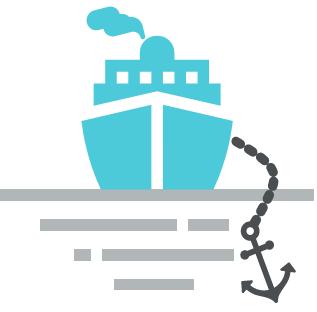Supervisory Control and Data Acquisition (SCADA) – Definition and Pronunciation
What is SCADA?
SCADA system (Supervisory Control and Data Acquisition) is a computerised automation system that brings together the following technologies: telemetry, telecontrol, supervisory control, and data acquisition, analysis and presentation. When a SCADA system is employed in an LNG process plant or pipeline, information from remote data gathering devices is made available to a central location. Moreover, information gathered can be used by a human operator as the basis for issuing commands to the remote locations.
Examples of SCADA
The number of Inmarsat-C CESs which support data reporting and the related application of SCADA, is limited. As the system develops, however, more CESs are expected to support these services.
From “Inmarsat-C System Operation: From IMN to SCADA”.
Furthermore, although energy suppliers routinely utilize Supervisory Control and Data Acquisition (SCADA)-based systems to enable remote telemetry functions in the power grid, and although, traditionally, SCADA systems have used wireline networks to link remote power grid elements with a central operations center, at this time an increasing number of utilities are turning to public cellular networks to support these functions.
From “M2M Developments and Satellite Applications”.
M2M services operate at lower speeds and support basic functions such as geo-location information, machine surveillance, surveillance of various conditions (e. g., temperature and speed), Supervisory Control and Data Acquisition (SCADA), and ship identification services used for Automatic Identification System (AIS) or Long-Range Identification and tracking (LRIT).
From “Maritime and Other Mobility Services”.
